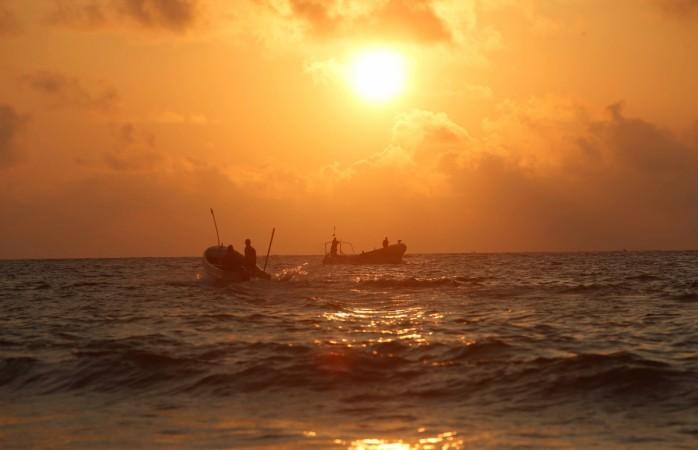
A low oxygen area, also known as 'dead zone' has been discovered in the Indian Ocean region to the northwest of Australia. This dead zone spreads over 60,000 sq km with a depth of 100m to 400m.
Similar zones have been found in the Arabian Sea, Western Africa as well as in the North and South American coasts. This is the first dead zone is discovered in the South-East Asia region.
Marine dead zones are vast regions of oceans which lack oxygen and these zones even trigger microbial processes, which lead to nitrogen depletion from the ocean in large amounts. Nitrogen is considered to be a vital nutrient for the sustenance of life.
So far, no huge nitrogen loss has been observed in the Bay of Bengal, but the oxygen levels are found to be 10,000 times less than the usual air-saturated water surfaces.
This level is less than what is required to sustain most life forms and it also hampers the existence of nitrogen-harvesting microbes.
"We have this crazy situation in the Bay of Bengal where the microbes are poised and ready to remove lots more nitrogen than they do, but the trace amounts of oxygen keep them from doing so," stated Dr Laura Bristow of the Max Planck Institute, lead author of the study.
If the traces of oxygen will evaporate from the ocean, Bay of Bengal will become the major source of depleting nitrogen from our oceans. This will affect the marine nutrient balance and marine life adversely.
"Time will tell, but the Bay of Bengal is at a 'tipping point', and we currently need models to illuminate how human activities will impact the nitrogen cycle in the Bay of Bengal, and also globally," Dr Bristow says.
A study regarding the same has been published in the journal Nature Geoscience.

















